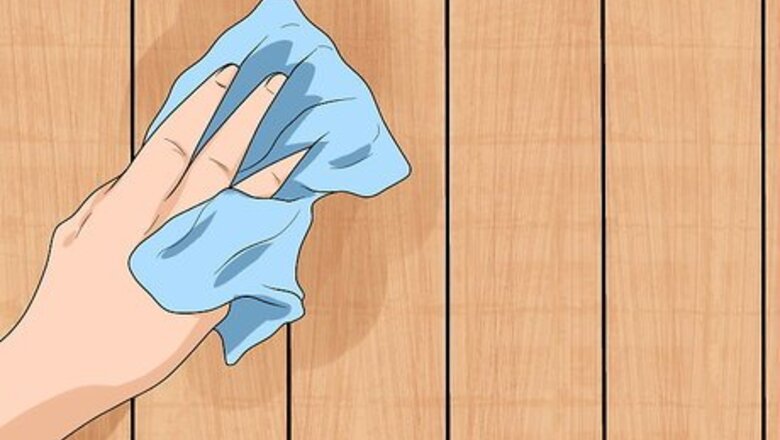
views
Preparing the Wood before You Paint
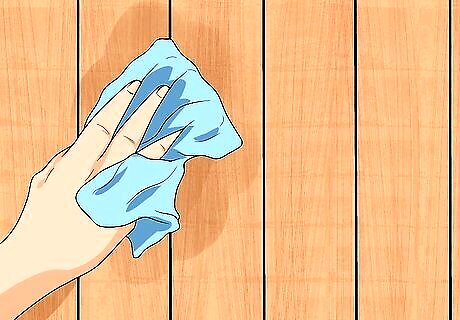
Use a wet cloth to clean the wood. Leaving dirt or other particles on the wood can keep it from properly absorbing the paint, primer, and sealant. Clean the wood before applying sealant by wiping it down with a damp cloth. You can use a tack cloth to pick up any remaining dirt. Tack cloths are gauze-like materials treated with a sticky substance and can be purchased at any home improvement store.
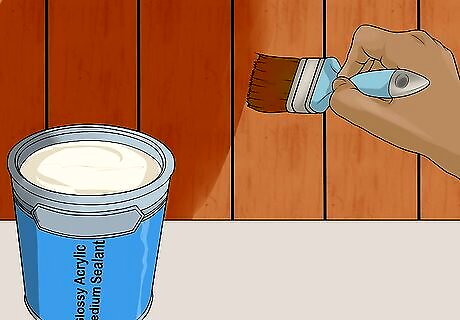
Apply 2 coats of sealant onto the raw wood. Brush a thin coat of glossy acrylic medium sealant onto the wood using a dampened sponge or paintbrush. Allow the sealant to dry, and then apply another coat to the wood. Lightly sand the wood after the second coat of sealant has dried to remove any excess sealant and then wipe it down again with a wet cloth and tack cloth. Use a sponge for wood surfaces with grooves and curves and a paintbrush for flat surfaces. The sandpaper should be around a 220 grit.
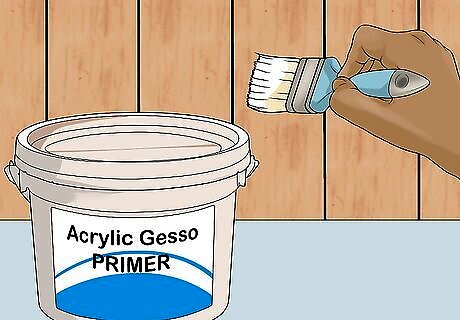
Apply a coat of primer to help the paint adhere to the wood. Using primer provides a surface to which paint can adhere by allowing the wooden surface to regain surface tooth (ridges and valleys). An acrylic gesso is probably your best option for using primers. You will only need to apply one coat of a high quality primer, lower quality ones might require a second coat.
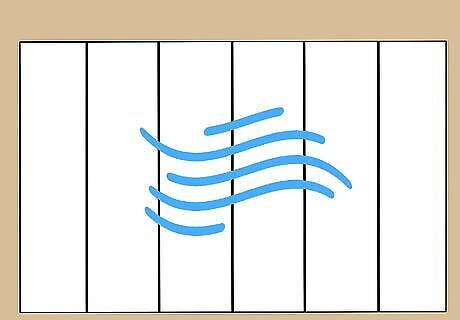
Allow the wood to dry and cure. In order to maximize paint adhesion, you’ll need to allow the primer time to dry. This could take several hours. Once the primer is dry to the touch, you can start applying your paint.
Protecting the Paint with a Clear Sealant

Choose a wax-based or polycrylic sealant. Wax-based sealants give wooden surfaces more of a flat finish, while polycrylic ones provide a glossier one. Water-based polycrylic sealants are the most versatile. Before applying your sealant, clean, sand, and wipe down the wood.
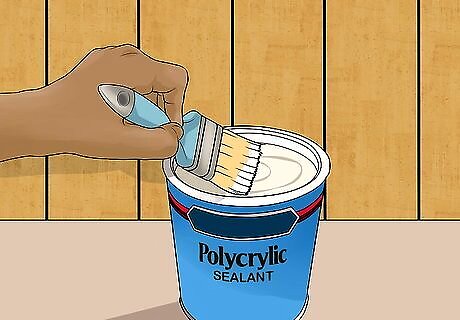
Use a sponge, cloth, or paintbrush to apply the sealant. Dip a dampened sponge, cloth, or paintbrush in the sealant, and apply a thin layer of the sealant to the wood. Allow the sealant to dry to the touch. Cloths are used more for wax-based sealants, sponges for polycrylic sealants applied to surfaces with grooves or curves, and paintbrushes for flat surfaces.
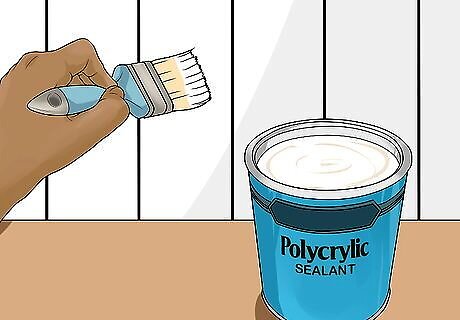
Apply a second coat of sealant. After the first coat of sealant has dried to the touch, repeat the process of applying sealant with a sponge, cloth or paintbrush. Doing so will ensure that the painted wood is fully protected.

Allow the sealant to cure for 2-3 weeks. Just because the surface of the wood is dry to the touch doesn’t mean that it is fully dry. Allow the sealant to dry and cure for 2-3 weeks after application. Do not put anything on the surface, because it can cause damage or imperfections. In hot or humid weather, sealant can take longer to dry and should be allowed to sit for a longer period of time.



















Comments
0 comment